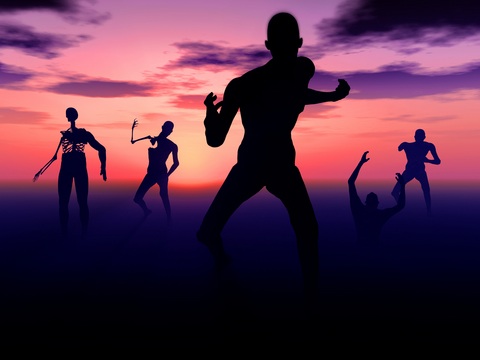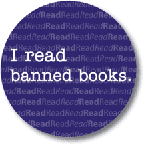There, Ive said it. I struggle to compose on the keyboard. I cannot plot on the keyboard. I spend more time deleting than creating on the keyboard. Staring at a blank page on a computer screen = no. Staring at a lined legal notepad = YES! Call it what you will, strange quirky writer refuses to get with the times. Old-fashioned, and change-adverse. Like a baseball pitcher who refuses to change his underwear or else spoil his winning streak. Well, maybe not quite like that.
I write with a pen, on legal pads, usually in bed, and always in cursive (I know, a dying art Ive read). Its the way my brain has always worked. Studying for exams in school, I would rewrite my notes, heck Id rewrite the textbook if I found the time. My brain has a connection to my hand, my hand to the pen, the pen to the paper.
I judge my progress not by a word count at the bottom of the screen but by how many pens run out of ink (one so far on BAD MOJO, four on CHOSEN SOUL, three on HOPELIGHT) and how many notepads I can fill (lots).
If it matters, I do appreciate the trees that have been felled in pursuit of my dreams of a college education and a career as a writer.
Dont get me wrong, I love my Macbook. Truly I do. But my computer is all about work: creating syllabi and grading electronic assignments and checking e-mail (couple hundred per day) and oh yes, editing. Lets not forget editing. My scrawled notes have to end up in the computer some time, so the first round of edits happens while Im typing them in, making the second round easier. In theory anyway.
And lets not forget that Macbook is also a gateway to the greatest time-suck of the universe: the internet. The glowing apple beckons me to Facebook, blog links of the world, Ebay, Twitter, Goodreads, and yes, Wikipedia. I also have an IPad now, which I can use to kill a good hour throwing a diverse array of birds at snorting green pig heads.
Hiding my electronic devices so I can compose on paper works for me. Maybe it will work for you. Give it a try some time. All you need is a good pen . . . some lined paper . . . a quiet room. Cat curled at your feet is optional.


